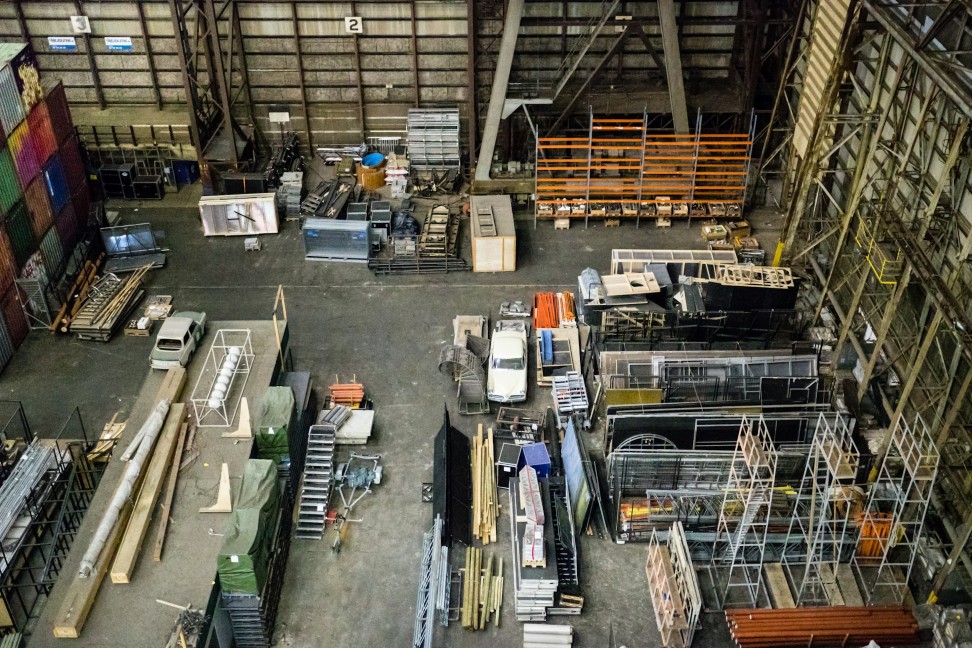The Role of Virtual and Augmented Reality in Immersive Marketing
In recent years, virtual reality (VR) and augmented reality (AR) have revolutionized the way businesses market their products and services. These technologies provide users with immersive experiences that allow them to interact with virtual content in real-world environments. As a result, companies are finding new and exciting ways to connect with their target audience and create memorable brand experiences. In this blog post, we will explore the role of virtual and augmented reality in immersive marketing and the benefits it brings to businesses.
Virtual reality is a technology that simulates a completely immersive experience by creating a digital environment that users can interact with through a headset or goggles. This technology allows marketers to transport consumers into a virtual world where they can explore products or services, participate in virtual events, or even test drive a car. The level of immersion provided by virtual reality enables businesses to create a deeper emotional connection with their audience, leading to increased engagement, retention, and brand loyalty.
One example of virtual reality in immersive marketing is the use of virtual showrooms. Car manufacturers, for instance, can create virtual environments where customers can virtually explore the interior and exterior of a vehicle, customize it to their liking, and even take it for a virtual test drive. This level of interactivity goes beyond what traditional marketing methods can offer, giving customers a realistic, hands-on experience that enhances their understanding and appreciation of the product.
Augmented reality, on the other hand, overlays digital content onto the real world, enhancing the user’s perception of reality. This technology allows marketers to create interactive experiences that blend the digital and physical worlds seamlessly. With the help of a smartphone or AR glasses, consumers can experience a product or service in their own environment, making it more convenient and accessible.
One of the most prominent examples of augmented reality in immersive marketing is the use of AR filters or lenses on social media platforms. Companies can create branded filters that users can apply to their photos and videos, allowing them to see themselves using the product or engaging with the brand in a fun and creative way. This not only promotes brand awareness but also encourages user-generated content that can be shared with friends and followers, extending the reach of the marketing campaign.
The advantages of using virtual and augmented reality in immersive marketing are numerous. Firstly, these technologies enable companies to stand out from their competition by offering a unique and novel experience. In a crowded marketplace, capturing the attention of consumers can be challenging, but VR and AR provide the tools to engage and hold their interest.
Secondly, virtual and augmented reality foster emotional connections and increase engagement. By immersing consumers in a virtual experience, businesses can invoke emotions that drive purchasing decisions. For example, a travel agency could create virtual tours of exotic destinations, allowing potential customers to experience the beauty and excitement of a vacation, ultimately increasing their desire to book a trip.
Additionally, immersive marketing with VR and AR allows for valuable data collection and analysis. Marketers can track user behavior, such as time spent interacting with specific elements or preferences indicated during virtual experiences. This data can inform future marketing strategies and help optimize campaigns for better results.
Furthermore, virtual and augmented reality offer accessible and cost-effective alternatives to physical experiences. With the ongoing COVID-19 pandemic and the restrictions it has imposed on in-person interactions, businesses have turned to VR and AR to provide virtual events or exhibitions. By doing so, they can reach a wider audience, save costs on venue rentals, and adapt to the changing circumstances in a flexible manner.
In conclusion, virtual and augmented reality have transformed the field of marketing by providing immersive experiences that captivate consumers. These technologies enable businesses to create emotional connections, increase engagement, and stand out in a competitive marketplace. By embracing VR and AR, companies can revolutionize their marketing campaigns and deliver unforgettable brand experiences. As technology continues to evolve, the possibilities for immersive marketing are endless, and businesses that embrace these technologies will undoubtedly remain at the forefront of their industries.













